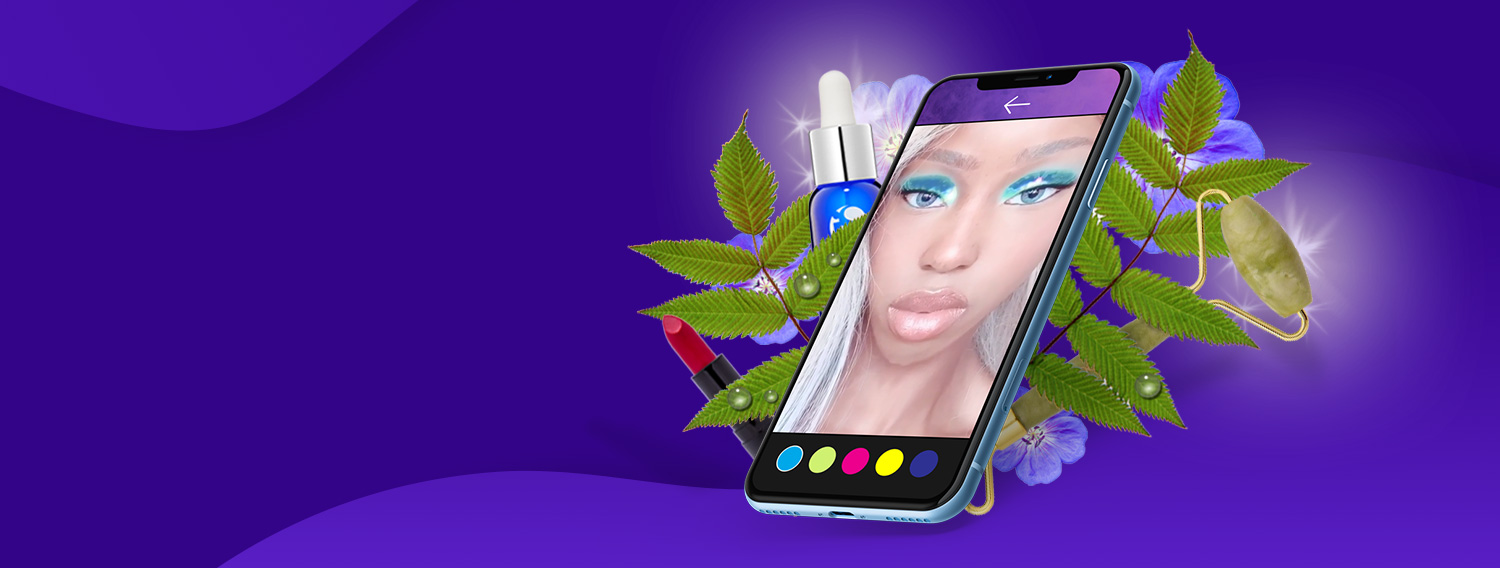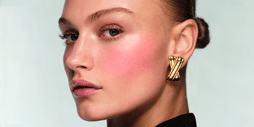The assimilation of the health and beauty industries has been a gradual trend, but one that is gaining momentum as the emphasis within the beauty industry shifts from rejuvenation and ‘fixing’, to prevention and ‘prejuvenation’. This segue from sheen to science has fractured into varying sub-trends, with particular technological applications in-store. The key trends to watch over the next few years include DNA testing and microbial genomics; the rise of vitamins and supplements; and ingredient transparency. What is more, there are significant technologies that will aid in their development on the high street, including lift and learn/place and learn tech, RFID and AR and facial recognition software.
These technologies are driven by sensors, including motion, gesture and voice. Facial recognition and AI will enable more relevant content to be delivered, enabling retailers and brands to reflect the diversity of their customers. Personalisation is a huge win for retailers, as a vast 70% of consumers say they would pay more attention to personalised products.
DNA testing and microbiome testing are really interesting ones to watch, as they provide the consumer with unique personalisation. This is now starting to have in-store experiential appeal, as displayed by new DNA testing stores like DnaNudge. With the current climate, consumers are becoming more accustomed to the idea of testing to achieve a safer shopping experience, so will likely be even more receptive to products like DNA testing kits, than they were pre-COVID-19.
In-store testing coupled with AR and facial recognition could create a new world of extreme personalisation for consumers, pointing them to cosmetic products like cream or foundation best suited to their skin types and (with clever data mining) their overall health. As Google searches for ‘microbiome’ increased by +110% year-on-year in 2019 and microbial genomic testing has been dubbed ‘the tech driving the UK facial skincare market’ by Mintel, retailers would be wise to examine a digital first approach in-store and follow in Sephora’s footsteps.
Using in-store testing kits and AR/AI technology could also point customers in the direction of pro, pre and postbiotics, which are leading the way in the ‘from the inside’ approach to self-care. According to Byran Barron, Director of Skincare Research at Paula’s Choice “probiotics applied to skin can help stabilize its microbiome and strengthen its barrier, so skin has an easier time becoming and staying healthy”. This has translated into the probiotic market quadrupling between 2007 and 2012 – worth $46,913.4 in 2018 and has played a key role in cementing the overlap of health and beauty, as pro and pre and postbiotics support a healthy gut and reduce bloating, in addition to supporting “healthy, youthful skin”.
The applications of AR and AI are accelerating the merger of the beauty and wellness industries, but other technology has the potential to take this even further. Lift and learn retail in conjunction with RFID has the capacity to hugely enhance the shopper journey. Screens integrated with displays allow an individual to pick up a product and have its ingredient information displayed, offering both education and inspiration for the customer, whilst picking a second product will enable a side by side comparison. This will be especially useful in bolstering the accelerating desire for ingredient transparency, as an active departure from the false ‘free-from’ claims of previous years – as prophesised by Harper’s Bazaar who have stated that we should expect to see a “fight against misleading information in beauty” in 2020.
The seismic growth in sales provoked from utilising these technologies in-store has the potential to be vast, particularly when you factor in the amount of times a potential customer has given up trying to locate a product or a product containing a particular ingredient. Although retailers have been slow to embrace these innovations in previous years, the safe shopping facet of RFID and touchless AR/AI technology means many stores are already investing in the tech for proximity and clustering warnings, making the post pandemic health and beauty retail world a perfect time for technological investment.
Want more industry news? Click here to sign up for our weekly newsletter and receive the latest news in tech, innovation, design and retail right in your inbox.


